Independence's Budget Committee kicks off 25-26 cost containment process
By Anne Scheck
Trammart News Service, April 18, 2025
The first meeting of the 2025-26 budget committee was held this week. About halfway through it – just about the point where city administrators were explaining their commitment to transparency – a resident contacted Trammart News to report there was no video feed. A record of the meeting couldn’t be found by press time, either – despite a thorough search of the Independence YouTube channel.
So a TN editorial analysis about the meeting has been written. And a request has been sent for future budget meetings to be made remotely available, so that residents can judge for themselves what transpires, as well as reading about it from Trammart News. Thank you, Anne Scheck
The budget document became available after a training session for committee members by Independence Finance Director Rob Moody Wednesday night.
Recommendations for budget cuts include shutting the Independence Library for one additional day per week, closing the Independence Civic Center on Fridays, selling the museum building and consolidating the museum and library into a single “Community Services” department. Under the plan, at least one park property would be sold, as well.
Will it be enough? And how likely is it that assets owned by the city will sell fast enough to rescue ailing finances?
Trammart News tries to unpack some of the ramifications of the proposal so far. The answer to the previous two questions is unknown. But it’s clear that the budget session is beginning with a $776,000 shortfall amid an economy that nearly every expert has described as unpromising. Trammart News poses some other questions – several of which have already arisen from residents – and attempts to offer some answers.
What is the need for additional cost reductions? TN’s guess is likely to be as good as yours, once you read the budget document, which is available at the city website (link is provided at the end of this editorial analysis). However, some findings do appear to be cause for ongoing concern: The city, technically speaking, is in the red if you call the General Fund’s deficit cause for further alarm. Charles Marohn, a municipal engineer and the founder of Strong Towns, a non-profit advocacy organization for better local government, might see it the same way. In a series of essays in which he argues for better city planning, he’s warned that some municipalities have been chronically over-spending. It’s not because they want to do so but because they chart budgets like many families plan household expenses, with “cash accounting.”
This approach “ignores promises and long-term liabilities that cities make, focusing only on the amount of cash coming in and going out,” he explained in a report he wrote a year ago for Strong Towns Digest. “Some people get upset when I use the analogy of a family budget for a city, but a city is just like a family,” he asserted. Cities have revenues and expenses “just like a family or a small business.”
He likened it to pledging to pay for a daughter’s college education. He could save money for it early on; He could borrow it when the time arrived; He could try to dramatically increase his earnings in time to pay those bills; Or he could tell her she is on her own.
“What I can’t do is not deal with it,” he stated. It appears to be the same with the City of Independence. There is no solution that seems capable of fixing the problem at this point, apart from drastic measures.
But now new approaches are in place, right? “Best Practices” have been implemented, correct? City Manager Kenna West identified the transfer of funds over the years that add up to millions of dollars allocated to places where they didn’t originate, such as the water fund contributing to services that weren’t related to water. But putting these funds into their own “buckets” with no possibility of any other use doesn’t seem to be what the State of Oregon had in mind when certain Oregon Revised Statutes were put into effect. ORS 294.468 allows the loan of any fund to any other fund, with some limits.
The Oregon State Treasury describes it this way: Interfund borrowing is a tool “to assist agencies experiencing short-term transitory cash imbalances created in the conduct of legislatively approved agency activities.” (An interfund loan that isn't paid back is considered an interfund transfer, which the city is seeking to cease.)
A former employee of a state government office agreed that it allows some flexibility in a pinch. “You can bet that sooner or later your city will need it and use it,” he told Trammart News.
What is a balanced budget? Good question. It’s typically equated with a budget in which anticipated revenues match expected spending. “Cities refer to their balanced budgets positively, as organizational achievements,” stated municipal consultant Mark Moses, a former city financial director, in his popular treatise on budgeting, “The Municipal Financial Crisis.”
But even a balanced budget may not stay that way, the definition veers from narrow to broad, he pointed out.
About a dozen years ago, two professors – Jonathan Justice, of the University of Delaware and Eric Scorsone, of the University of Virginia – published “Measuring and Predicting Local Government Fiscal Stress.” Three questions were found to be important for maintaining financial balance: The first asks if there are enough resources; the second asks if they are being managed effectively. But the third question seems to be relevant to several Oregon cities, including Independence. "Is your government paying the full costs of operating or is it postponing costs to a future period when revenues may not be able to pay these costs?" That seems to lead to an inquiry a city councilor brought to the first budget committee meeting, regarding the shortfall.
How will the shortfall affect the budget? This question was asked by City Councilor Dawn Roden in the wake of an announcement a few weeks ago that the city had one, in the amount of $776,000. However, Roden’s statement at the budget-committee meeting got lost in a shuffle when she also referenced the city audit, which was submitted and accepted last week at the city council meeting.
City Manager Kenna West told her that the audit is not the purview of the budget Committee – it is the purview of the city council.
When a former high-level state employee who has dealt with multiple budgets was asked about the shortfall, he indicated that it would be a serious disadvantage as a starting point for the city budget committee. “They will need to make several corrections to ensure stability and work toward sustainability,” he said.▪
Link to city budget document: https://www.ci.independence.or.us/wp-content/uploads/2025/04/Independence-BUDGET-2025-2026_-Proposed_-Final.pdf
Brandt’s Sanitary Service Inc. obtains rate increase and receives compliments from City Council
By Anne Scheck
Trammart News Service, April 18, 2025
A 4% rate increase was granted this month by the city to Brandt’s Sanitary Service Inc., the company that collects solid waste and provides recycling pickup for households in Independence.
In a unanimous vote at its April 8 meeting, city councilors approved the 4% rate increase and retention of a previous 1.9% recycling fee. Several councilors commended the reliability of Brandt's, which is below the cost of many other providers across the region.
Joshua Brandt (in photo), who describes himself as “wearing 12 hats,” is a fourth-generation family member who runs the operation. He wants to keep the rate increases as low as possible, he told the councilors during a presentation on the rate hike.
He expressed hope that he will only have to implement them every other year.
The new billing, which will kick in May 1, arrives as dumping costs are ticking up – and eventual closure looms – at Coffin Butte, the landfill in Benton County, Brandt explained. Fixing the fleet of trash trucks has gotten more expensive, too – the price of parts is higher and so is the labor for repairs, he said.
For those homes that use a 35-gallon receptacle cart, the increase would mean roughly an additional $12 a year; For a 95-gallon cart, the cost would nearly double, to $24 annually.
The future appears destined to need more dollars for trash collection – notice of a 7% franchise fee by the city was included in the council's agenda packet for the meeting, as well.
Last week, Salem City Club covered the issue, too, in a session titled “A Deep Dive Into Garbage Pollution: The Future of Waste Management.”
The Oregon legislature passed the “Recycling Modernization Act” during the legislative session four years ago. However, starting in July, portions of the law on plastics and recycling are likely to start. Though the regulations are said to make Oregon a state leader in recycling, they’re going to have a local impact, according to Ryan Zink, franchise administrator for the City of Salem, who spoke at the city club meeting.
It remains to be seen what the trickle-down effect will be on Brandt’s. But one trend already is pushing up the need for bigger containers: Online shopping. Brandt said he is seeing the “Amazon effect” of multiple-packaging pileups that’s being cited by other trash haulers.
To continue the need for only the smaller 35-gallon cart, as opposed to the 95-gallon one, Brandt recommends relying on reusable bags, bottles and containers. But that can take time and planning, he acknowledged.
The company has been a mainstay in the Monmouth-Independence community since 1953. Brandt, a resident, noted he’s a current board member of the M-I Chamber of Commerce.
He praised Dave's Mobile Repair in Rickreall, which has been the company’s go-to shop for rehab and repairs on trucks.
Brandt also supports the proposed ReHub transfer station for regional waste management planned for the former Rickreall Dairy. He noted that the Polk County franchise agreement for it was tentatively clinched by the prospective owner, Apple Tree Holdings. However, the site won’t open until 2027 at the earliest, Brandt said.
Brandt added that he has “conversation and coffee” about once a month with Nic Dahl, who is at the helm of Apple Tree Holdings. “I know a lot of people may be against this,” Brandt said. However, it would put a facility nearby, rather than outside the county.
There is a lot of paperwork and “so many permits” before such an operation could begin, he said. But Brandt observed that the foul odors now emanating from the pond on the dairy property won’t happen with ReHub. “Their whole operation will be inside,” he pointed out. ▪
Mayhem Mutts makes house calls, caters to canine clients' needs
By Lance Masterson
For Trammart News Service, April 18, 2025
Mayhem Mutts is going to the dogs.
Tiffany Dienhart (in photo) owns the Independence-based and mobile Mayhem Mutts, which provides a full range of services to pooches in their own homes. The area served is quite extensive: McMinnville south to Corvallis, Dallas east to Salem, all spots in-between.
Mayhem Mutts got its start about the same time the pandemic hit. Given the fear, restrictions and public health warnings at that time, Dienhart decided to take her skills on the road.
“So I started out as just doing nails,” she said. “But now I do nails, mobile baths, face and feet trim-ups, glands, ears.”
A fairly comprehensive list, to be sure, but there is a line that Dienhart doesn’t cross.
“I do everything, I would say, except grooming … which, by definition, is a full haircut on a dog,” she said.
While guiding an upstart business through challenging times wasn’t easy, she remained confident she was providing a necessary service.
“During the pandemic, dogs still needed haircuts. Paws were still going to grow. Ears were still going to get dirty,” she said. “And so I slowly started … shaving pads, cleaning out ears, giving advice.”
By being mobile, she’s better able to care for pets whose human companions face other challenges, such as being homebound or on a limited budget.
“A lot of my customers are low income and elderly. Who can’t get out of their house, can’t afford a lot, and maybe has an older dog,” she said. “They love their dog. But they maybe don’t have the experience to know that, with an older dog, they’re slipping because their paw fur is covering their pads.”
Each dog is an individual and is treated as such, she said.
“All my appointments take a different amount of time because every dog is going to be different,” she said.
Dogs are collared before Dienhart enters a home. Once inside she positions herself to be eye-level with her four-legged customer.
“I tell the owner … I’m going to come in and I’m going to sit on the floor, and they can get in their wiggles, their barks, their growls,” she said. “So I literally just go in … and do whatever that dog needs to do to be comfortable with me.”
Dienhart has been doing this for so long she is now fluent in interpreting canine body language. She knows, for example, when a dog is ready to be approached, and when it isn’t.
“So every dog is different, and I’m very in tune with their needs,” she said. “I keep their needs in mind constantly.”
This love for dogs and other animals is rooted in Dienhart’s childhood.
“I’ve worked with dogs and animals, in general, my entire life. I got my first dog when I was six years old. I started grooming and showing her by the time I was seven,” she said. “Got my first horse when I was two. Started showing her as soon as I legally could.”
A former 4-H member, she eventually became a trainer and advocate. So what is it about animals that inspires advocacy in Dienhart?
“I would say everything. No matter what, they love you unconditionally. No matter what you do to them,” she said. “They’re without a voice. So we have to be their voice.”
One way to speak for animals is to document their abuse, especially when it involves 500 or so animals. Dienhart said she documented such extreme abuse.
At 13, Dienhart videotaped the rescue of these animals from a Molalla barn. She said her tape was later used as evidence against the owners.
“So these people were hoarding. Horrible, horrible hoarding situation,” Dienhart said.
She arrived on scene after her family was alerted by a call from a family friend. Animal advocates and law enforcement officials were already on the scene.
“I was always in the middle of everything…. So I was filming while the police were dealing with the owners of the house, and while other rescue groups were slowly removing the animals,” she said. “We saved a lot of animals, and my video helped incriminate the owners. So literally, my whole life has been devoted to animals.”
Her camera took her to scenes of abuse not yet seen by others that night.
“I was walking around videotaping. And if there was an area where the police or rescue workers had not gotten to yet, I was videotaping it. Then going back to tell the rescue group, hey, there’s some snakes over there in a box,” she said.
Dienhart is an experienced hand when it comes to animals and animal care. Some may remember her from when she worked at Jack’s World in Independence, a former pet grooming establishment.
You can reach her at (971) 241-1573 for more information or to schedule an appointment.▪


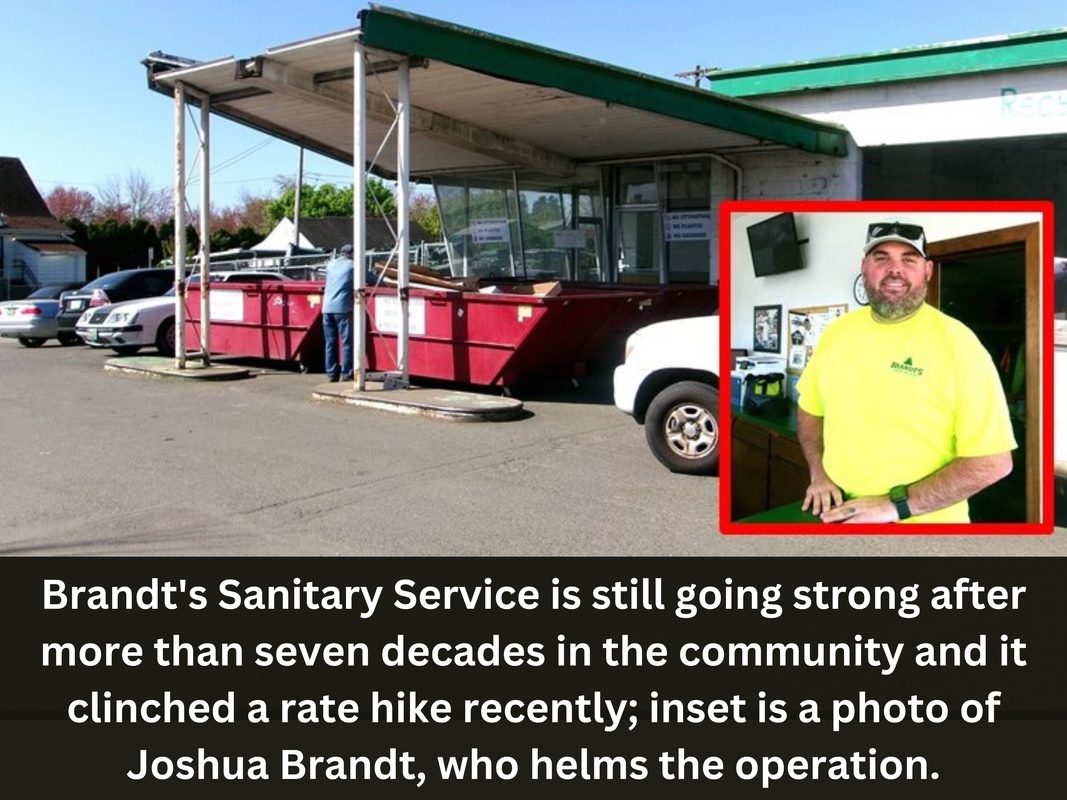

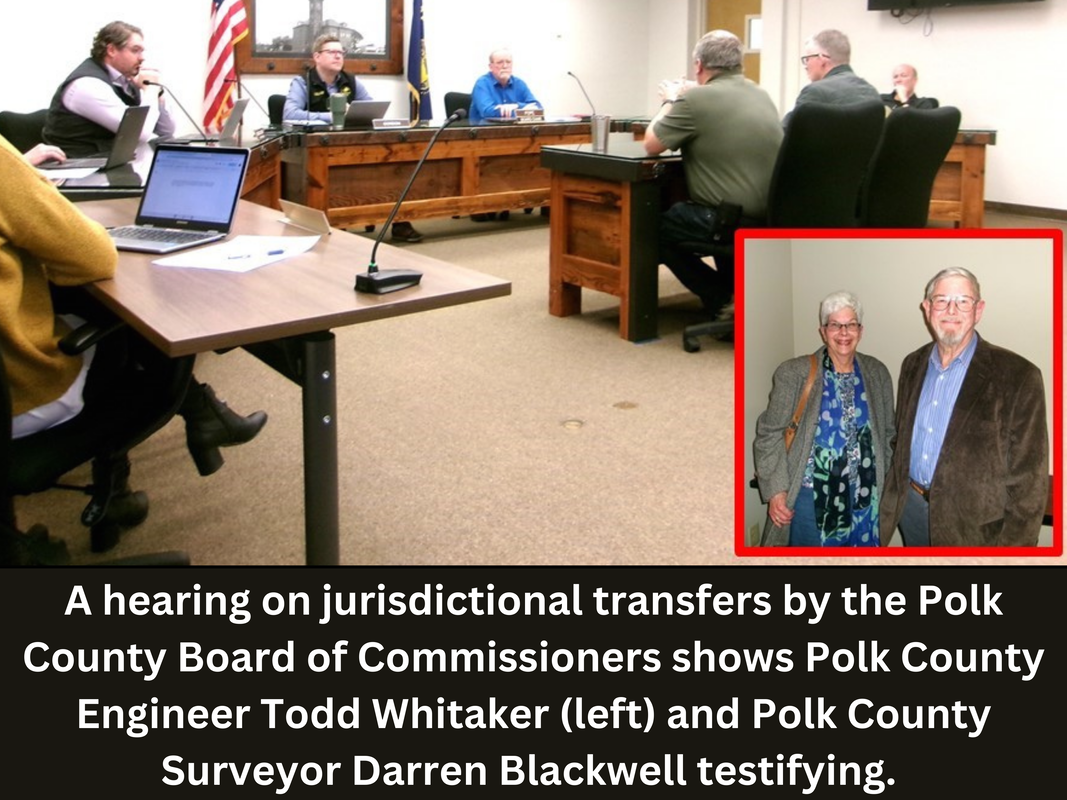
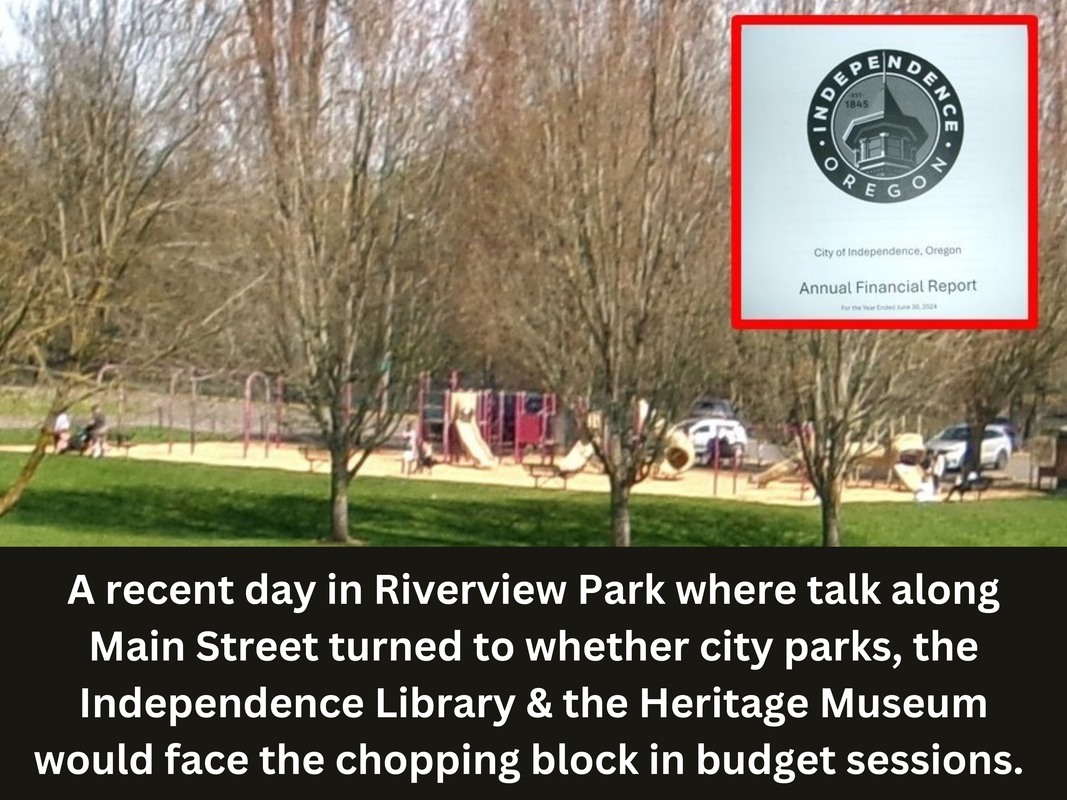
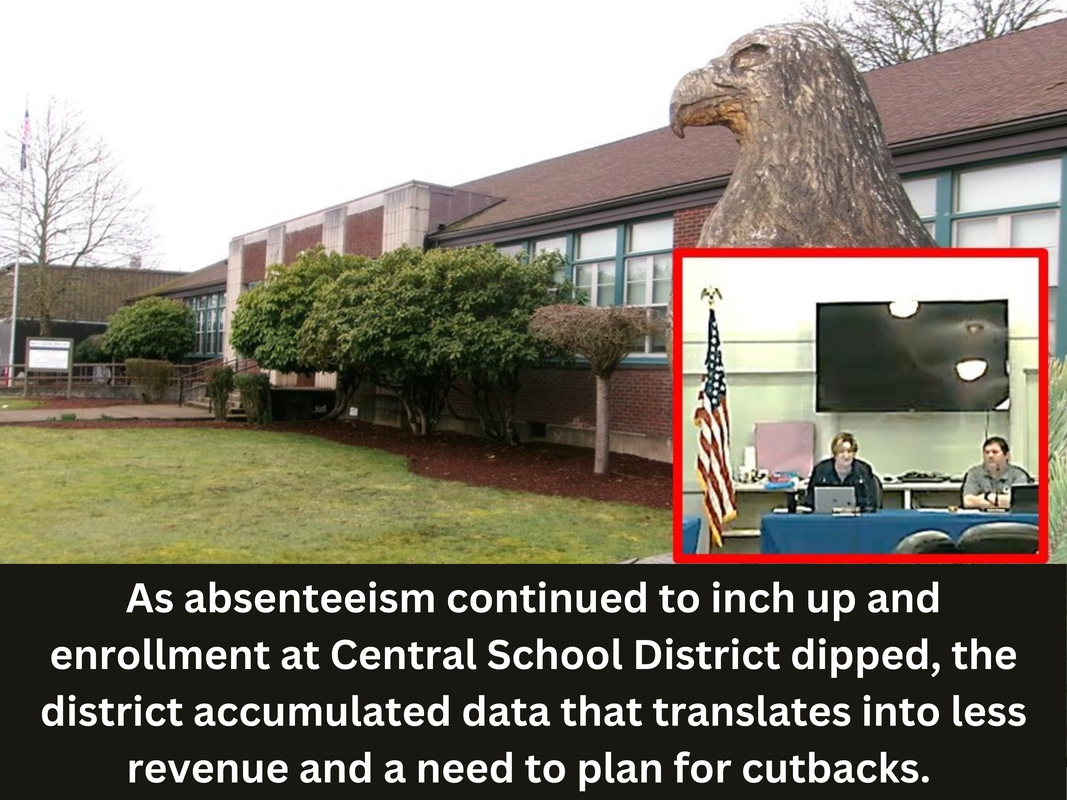
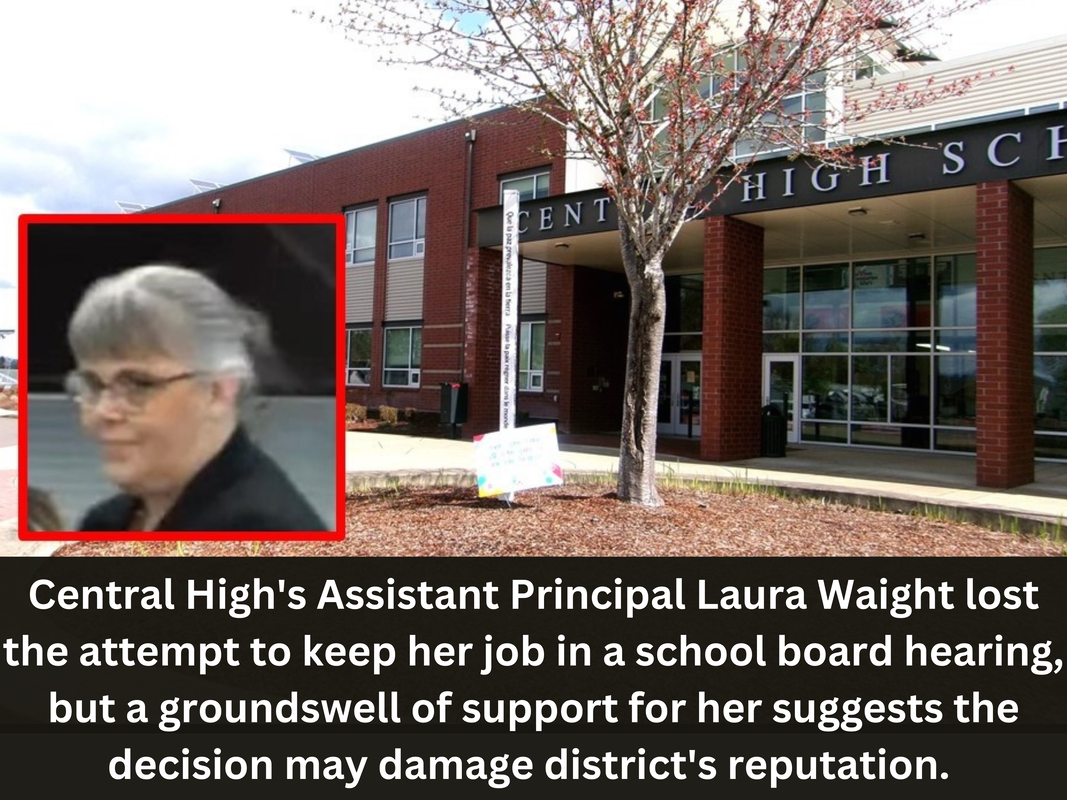
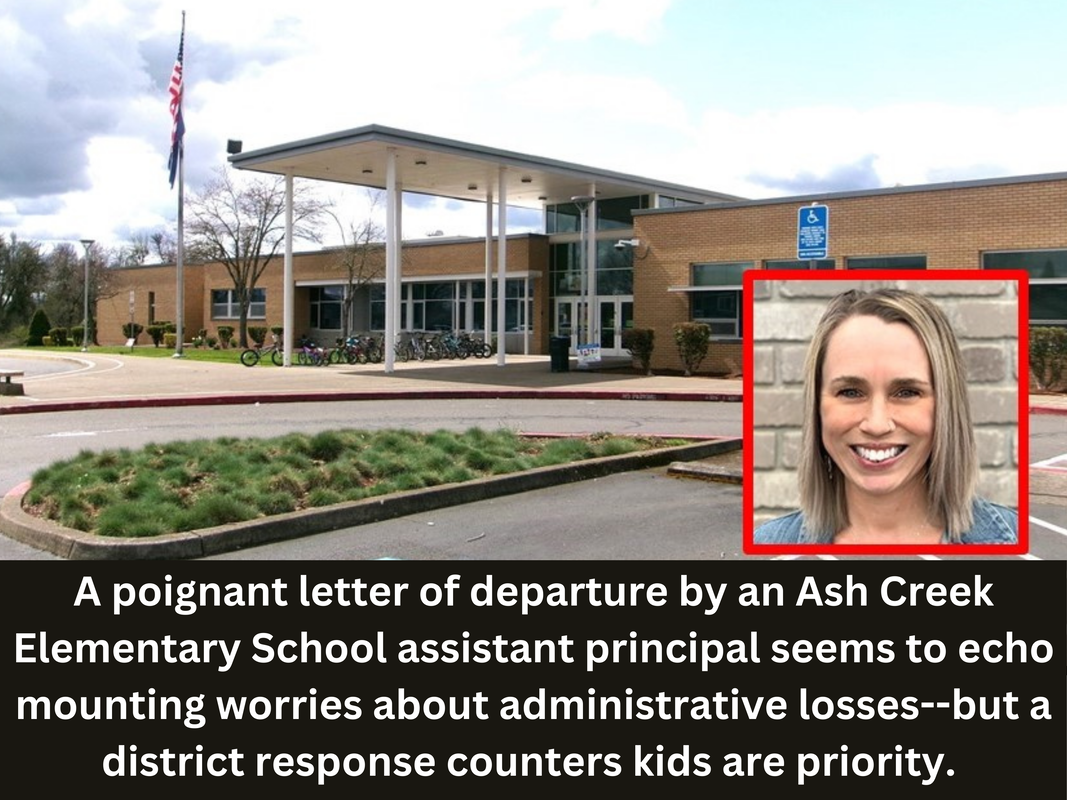
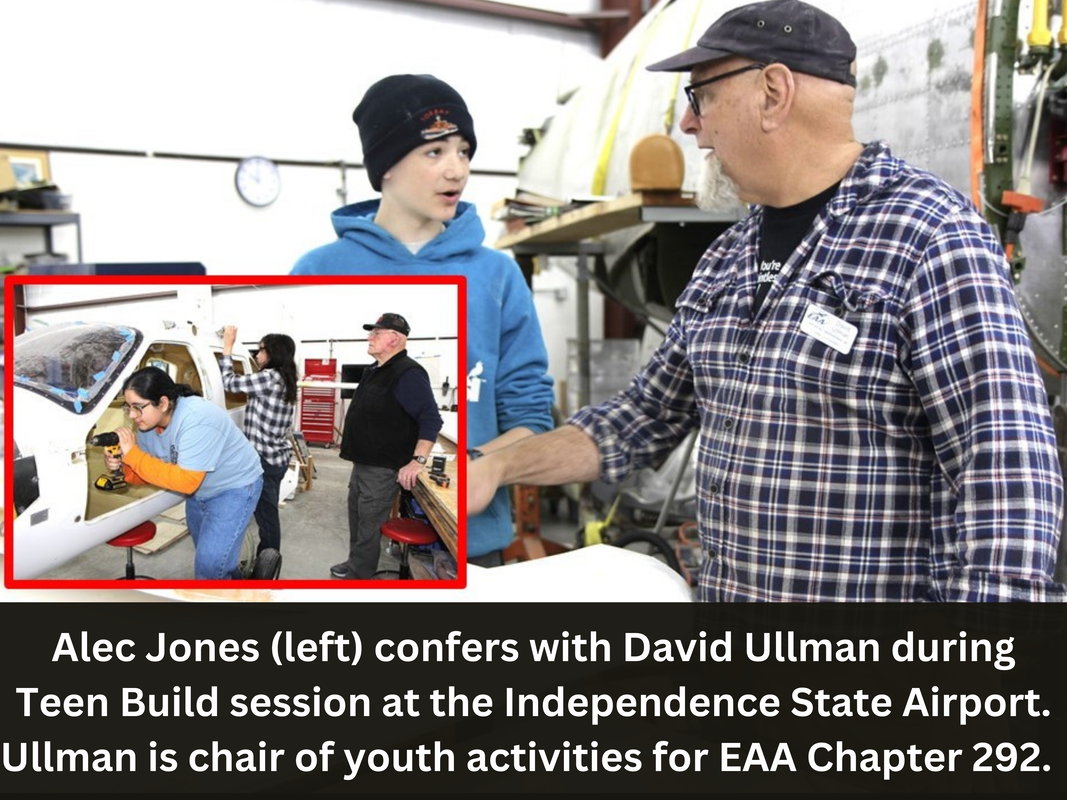



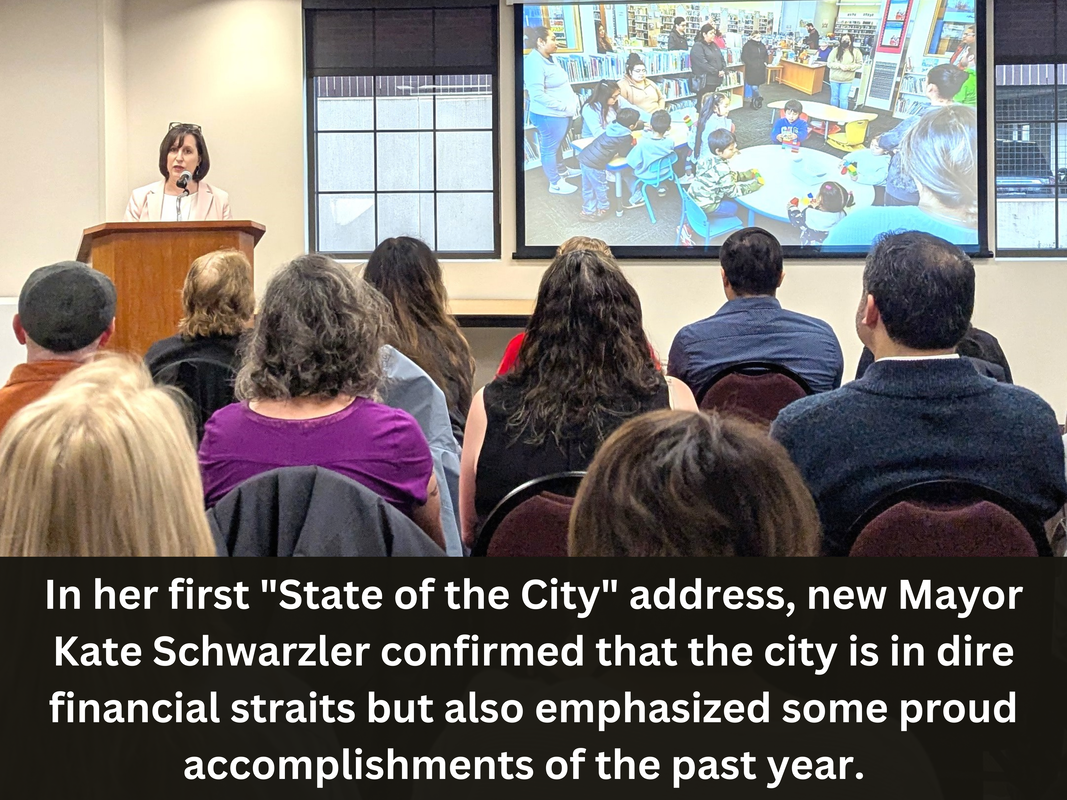






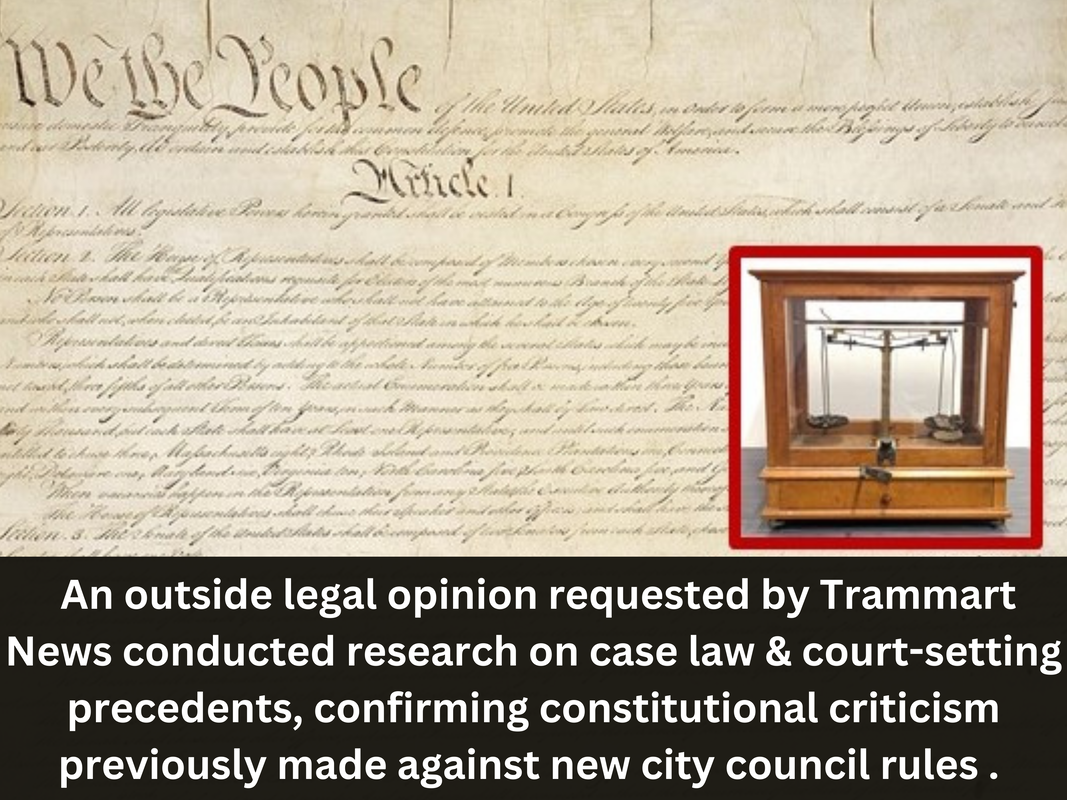



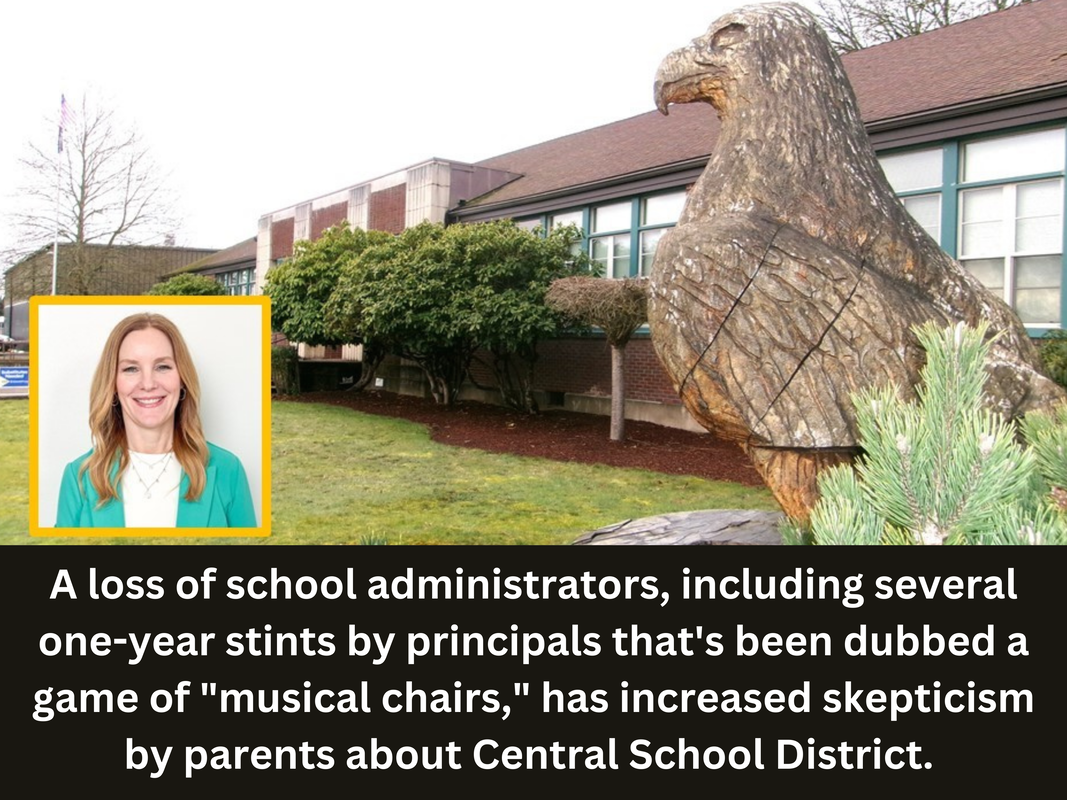





 RSS Feed
RSS Feed